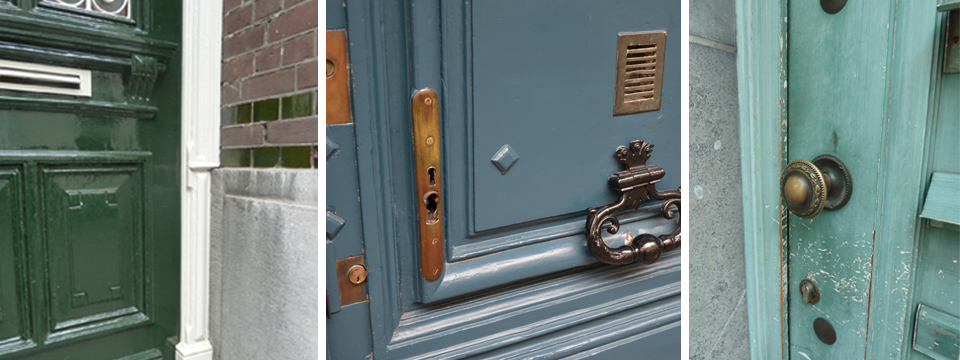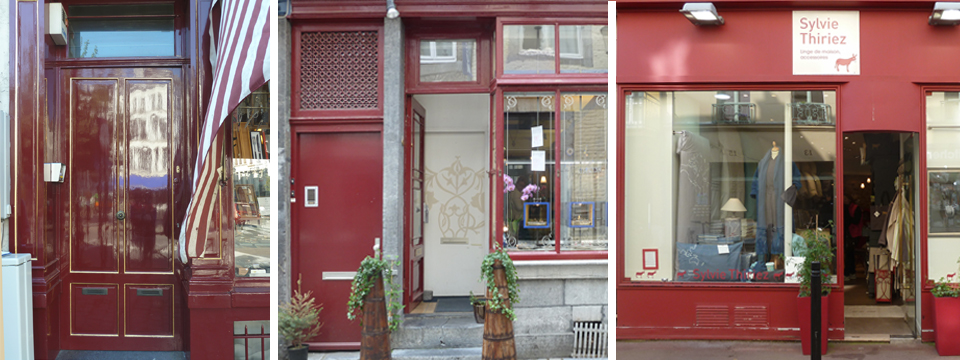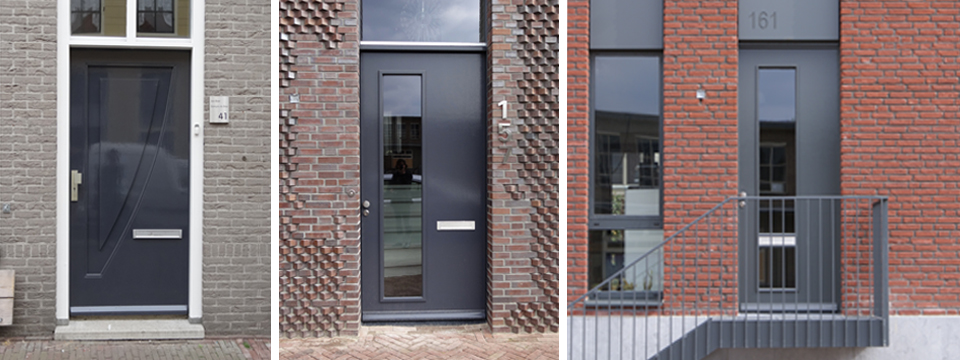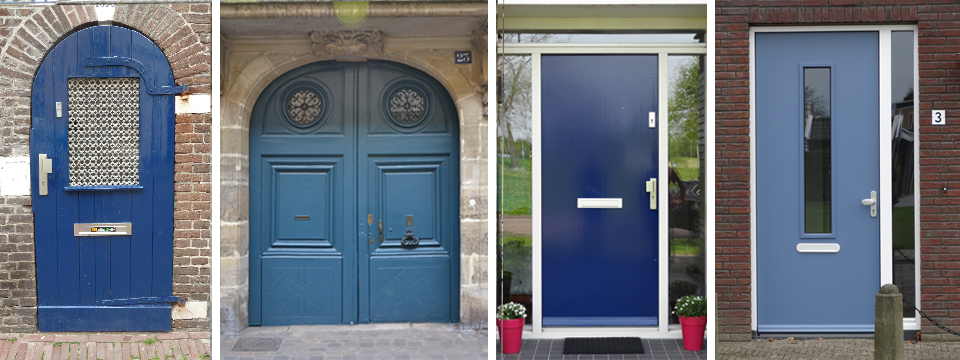Colour Research Vol.1
Dull Matt or High Gloss
All varnished
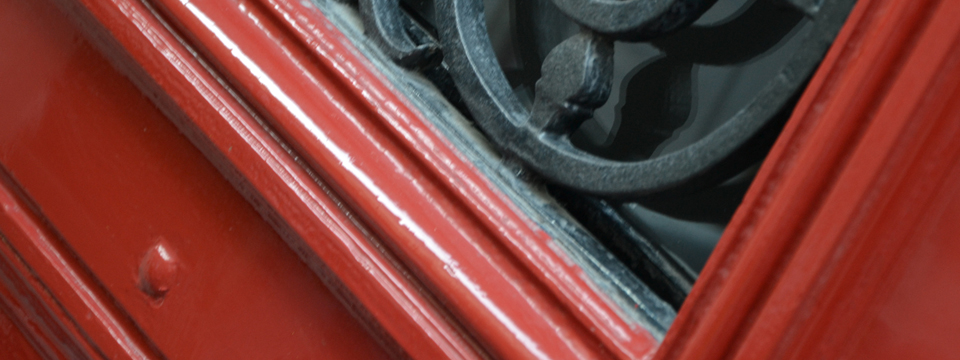
When selecting a varnish, the question of whether it is glossy or matt comes up at the latest after the decision on the colour shade. Not only the colour shade is characteristic of varnished surfaces, but the gloss level is equally important. There are different gradations from almost reflective to dull matt.
How is the gloss actually achieved?
The visual perception of gloss depends on how light is reflected on a surface. If a surface is very smooth, the light rays are reflected at the same angle as they hit the surface. With directional light, the incident and reflected light rays have the same main direction and the object appears to be glossy.
A matt surface has microscopically small irregularities. As a result, incident light rays are reflected at different angles. This means that the reflected light rays are scattered in different directions. The so-called diffuse reflection visually gives the object a matt, soft appearance - without brilliant light points and hard shadows. The duller a surface, the stronger this effect.
Here are some examples graded from glossy to dull matt:
On glossy surfaces, the contrast between shiny bright and very dark areas is very pronounced. The extreme light-shadow effect emphasises the shape of an object or the structure of a surface. The object or the structure looks very sculptural and vivid.
Matt surfaces create soft gradients from light to dark, making large surfaces appear more homogeneous and calmer. Disturbing unevenness in the substrate is less noticeable here.
The following gloss grades are distinguished for Caparol building varnishes: high-gloss, glossy, silk gloss, silk matt, matt
To be seen in Gloss Level Fan and the LackChamp.





